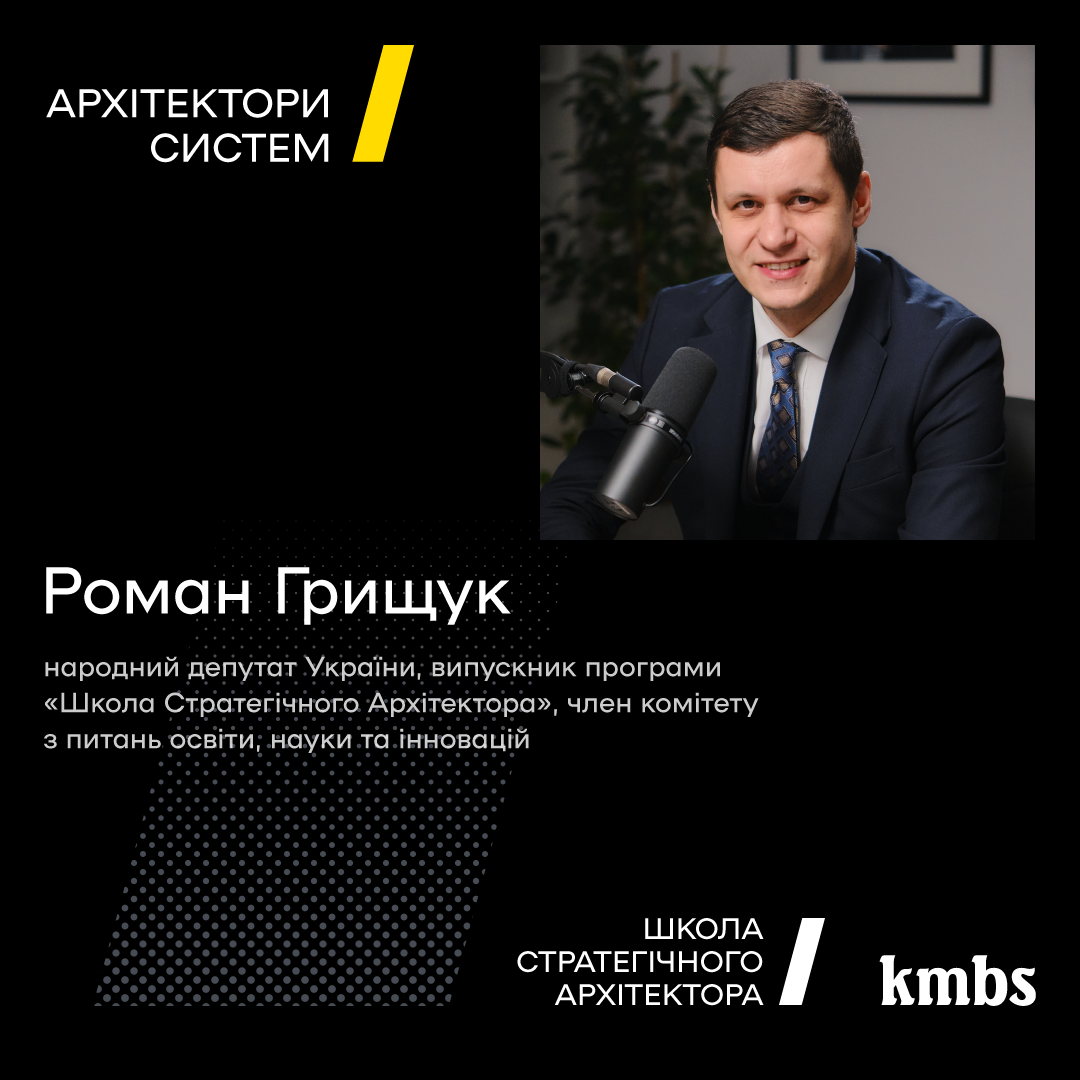Learn first
KMBS latest news in real time

For the latest KMBS events and news, visit KMBS Live at the top right corner of the screen
Open kmbs live
23.06.2021
Partnerships
HyFlex as a new norm
Olena Zhyltsova at the online conference "Anatomy of Change: What's Next? PRO team "talked about HyFlex as a new norm.

Find out kmbs news and events first
kmbs
live

Новий подкаст: "Стратегічна гнучкість: як аналітичне мислення допомагає адаптуватись до мінливих умо ...






